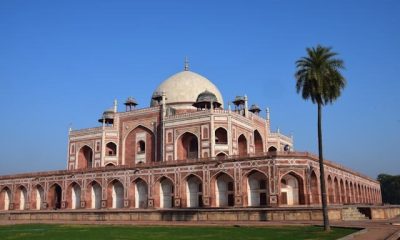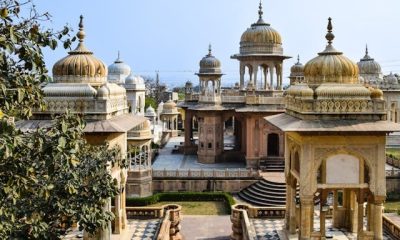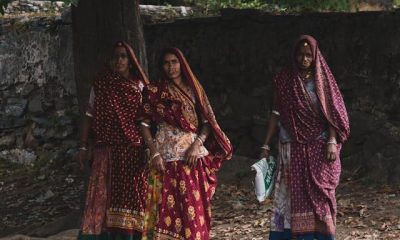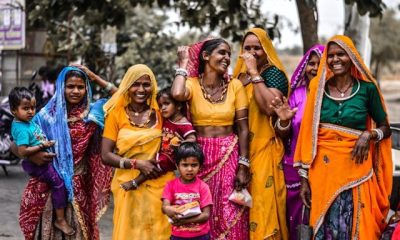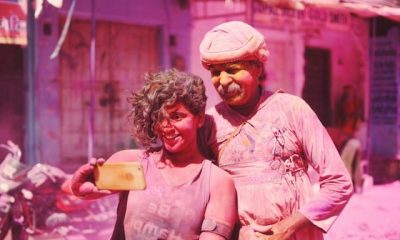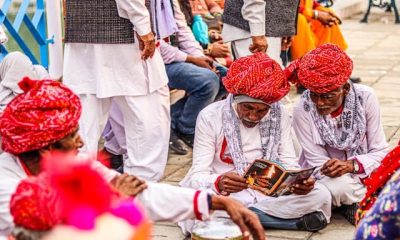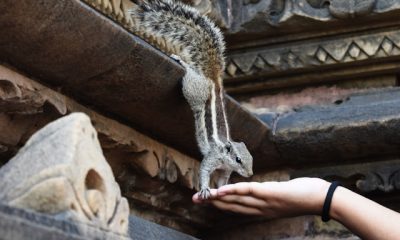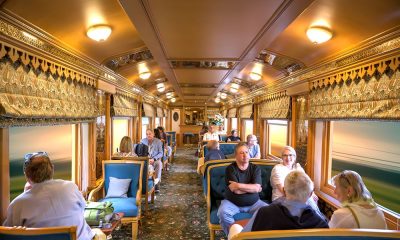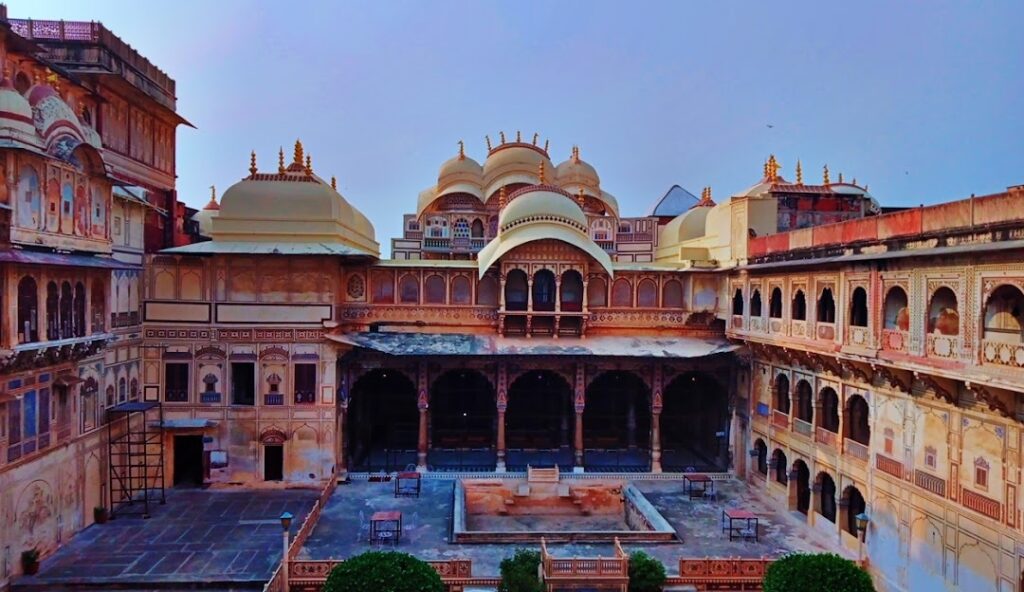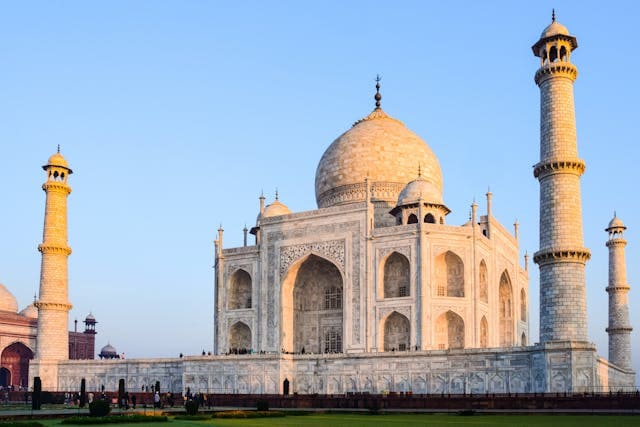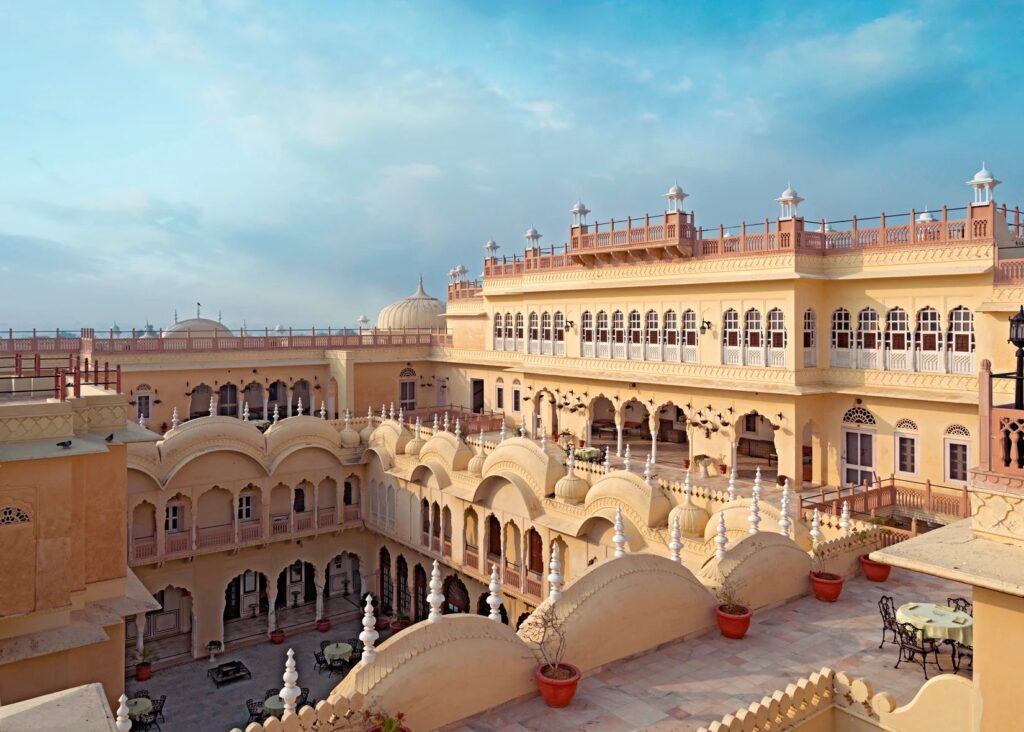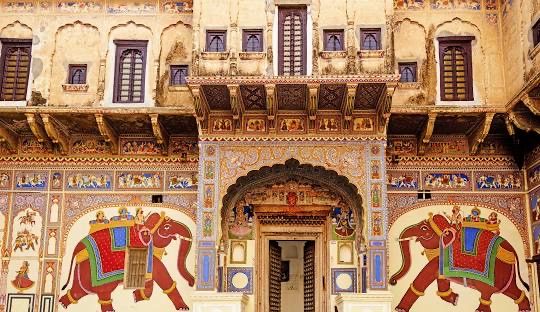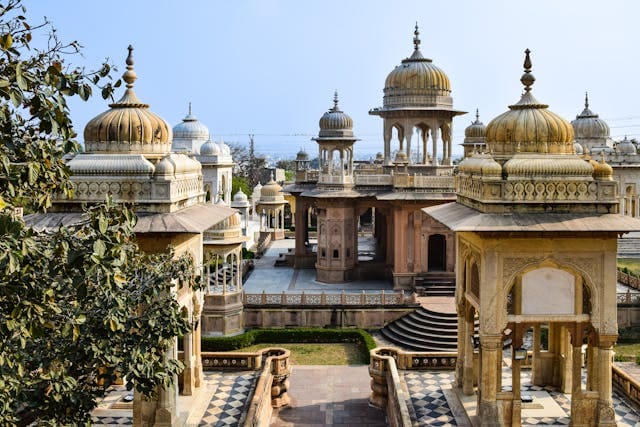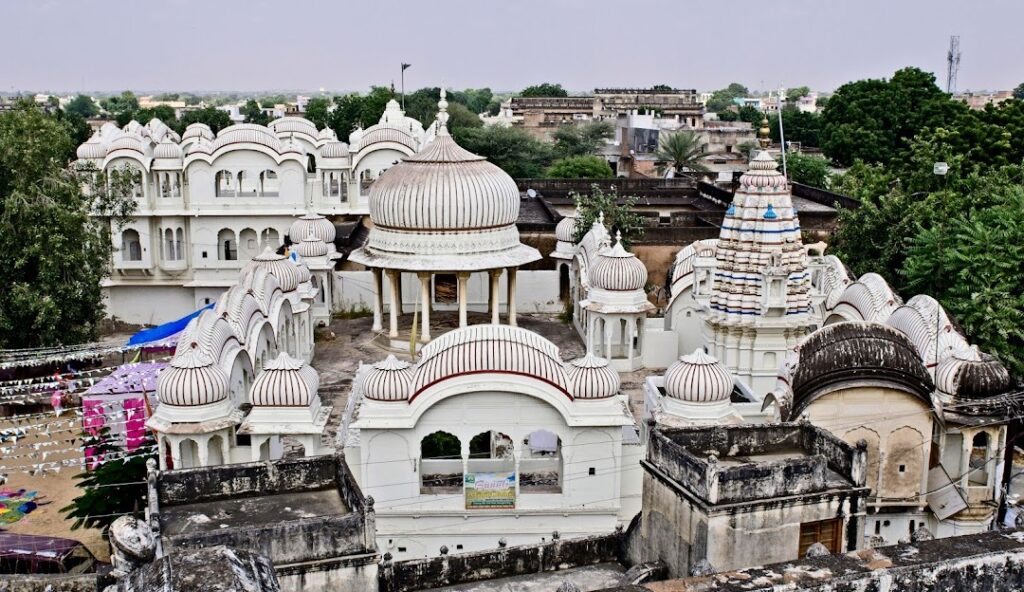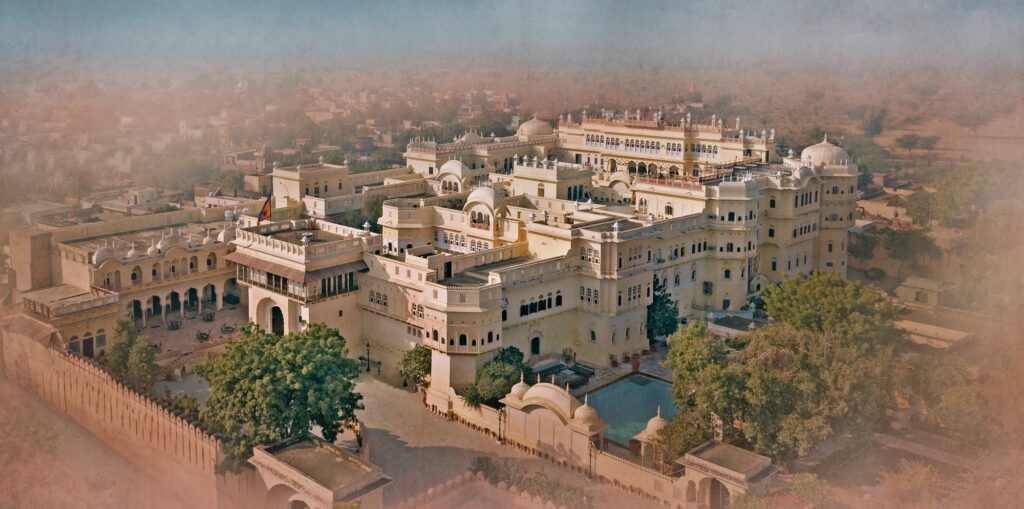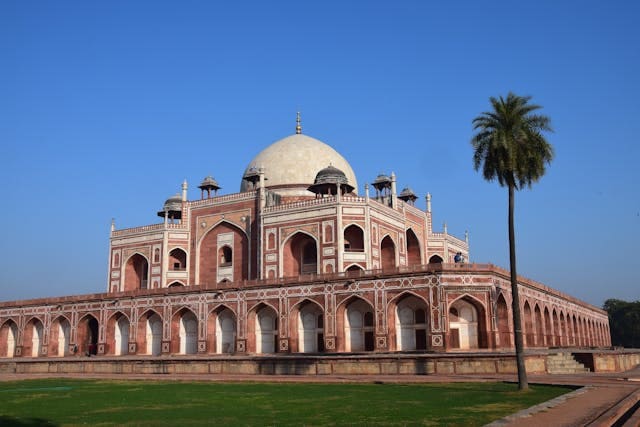Shekhawati – An Open Air Art Gallery with Delhi And Taj Mahal
Taj Mahal Tour Packages - Overview
Discover the artistic soul of Rajasthan and the timeless charm of Mughal India with this Shekhawati and Taj Mahal Tour Package.
This 10 Days / 9 Nights journey takes you through the royal lanes of Delhi, Alsisar, Mandawa, Nawalgarh, Jaipur, Karauli, and Agra, blending art, culture, and history.
Walk through the open-air art galleries of Shekhawati, admire Jaipur’s royal palaces, and witness the mesmerizing Taj Mahal Agra Tour at sunrise. Each destination tells a story — from fresco-painted havelis to the white marble beauty of the Taj Mahal.
Whether you’re an art lover, a heritage explorer, or a first-time traveler to India, this tour offers a perfect mix of cultural discovery and heartfelt experiences. Enjoy guided tours, comfortable stays, and the authentic flavor of North India’s royal heritage.
Highlights of the Trip
- Visit Shekhawati, known as the “Open-Air Art Gallery of Rajasthan,” famous for its colorful frescoes and heritage havelis.
- Experience the Mughal legacy with a guided Taj Mahal Agra Tour and Agra Fort visit.
- Explore Delhi’s historic wonders, including Red Fort, India Gate, and Humayun’s Tomb.
- Discover Jaipur, the Pink City — visit Amber Fort, Hawa Mahal, and City Palace.
- Stop at Abhaneri Stepwell and Fatehpur Sikri on the way to Agra.
- Travel in a private air-conditioned vehicle with an expert English-speaking guide.
- Enjoy Rajasthani cuisine, handicraft shopping, and cultural experiences throughout the trip.
- Duration: 10 Days, 09 Nights
- Itinerary: Delhi – Alsisar – Mandawa – Nawalgarh – Jaipur – Karauli – Abhaneri – Agra – Delhi
Small Group Travel Itinerary: Shekhawati & The Golden Heritage Trail
Discover the royal charm of Rajasthan’s painted towns, hidden palaces, and timeless Mughal wonders on this unforgettable 10-day small-group adventure (6–12 participants). Designed for culture lovers, storytellers, and explorers, this journey takes you off the beaten path — from fresco-filled havelis to majestic forts and the breathtaking Taj Mahal.
📅 Upcoming Travel Dates 📅
10–19 September 2025
A cultural journey through Rajasthan’s havelis, forts, and Mughal marvels.12–21 October 2025
Discover painted towns and timeless heritage off the beaten path.18–27 November 2025
Explore the royal Rajasthan and the majestic Taj Mahal.18–27 March 2026
Spring into history with palaces, frescoes, and hidden gems.
Why Join This Journey?
Wander through Alsisar, Mandawa, and Nawalgarh — known as the “open-air gallery” of India
Experience Jaipur’s royal grandeur and vibrant bazaars
Stay in heritage properties that echo stories of the past
Explore offbeat Karauli and the architectural wonder of Abhaneri
Witness the sunrise magic of the Taj Mahal
Travel with like-minded explorers in a comfortable, well-paced itinerary
Pricing: (UNIT NETT PER PERSON RATES IN USD)
- Each of 4 paying pax double/twin sharing: USD 1775 per person
- Each of 6 paying pax double/twin sharing: USD 1595 per person
- Each of 8 paying pax double/twin sharing: USD 1460 per person
- Each of the 10 paying pax double/twin sharing: USD 1365 per person
- Each of the 12 paying pax double/twin sharing: USD 1295 per person
Single Room Supplement: USD 650 per person
Services included:
- Services of accompanying Tour Guide from arrival to departure
- All ground transportation as detailed in the itinerary using air-conditioned Vehicle
- Double / twin room with breakfast
- The monument entrance fee is mentioned in the Tour Itinerary
- Heritage Walk in Old Delhi
- Jeep ride at Amber Fort in Jaipur
- Room for freshening up in New Delhi with Dinner on the last night
- Airport transfer in Delhi for the departure flight to the home country
- Water Bottles during the Tour
- Currently applicable taxes
Not included services:
- Visa application process and fees
- International airfares & taxes
- Camera and Video charges at the monuments where applicable
- Any expenditure of personal nature such as drinks, tips, laundry, telephone charges, etc.
- Insurances (travel cancellation insurance, health insurance, etc.)
- Any new tax imposed by the government
| CITY | HOTELS | NO. OF NIGHTS |
|---|---|---|
| Delhi | Vivanta By Taj | 2 |
| Alsisar | Alsisar Mahal | 2 |
| Jaipur | Shahpura House | 2 |
| Karauli | Bhanwar Vilas Palace | 1 |
| Agra | Grand Mercure | 2 |
| Delhi | Pride Plaza Wash n Change | – |
ITINERARY
GALLERY / PHOTOS
BOOK A CALL BACK WITH AGENT TODAY
MORE PACKAGES
OTHER TRAVEL PACKAGES
Frequently Asked Questions:
1. What makes this Taj Mahal Tour Package special?
This tour combines the architectural grandeur of the Taj Mahal Agra Tour with the vibrant heritage of Rajasthan’s Shekhawati region. It’s designed for travelers who love art, history, and authentic Indian experiences.
2. Is the Taj Mahal visit included in this itinerary?
Yes, the tour includes a guided visit to the Taj Mahal and Agra Fort, with an optional sunrise visit for the best photography experience.
3. How many days are enough for the Taj Mahal Tour?
A Same Day Taj Mahal Tour is possible from Delhi, but this 10-day journey lets you explore much more — Delhi, Jaipur, and Shekhawati’s hidden gems, along with Agra.
4. What kind of accommodation is included?
The package includes 3-star or 4-star heritage hotels that reflect local culture and comfort. Custom upgrades are available on request.
5. Can I customize this Taj Mahal and Rajasthan Tour Package?
Absolutely! The itinerary can be tailored to your preferences, travel dates, and budget — whether you want to extend your stay or add nearby destinations like Ranthambore or Udaipur.
Plan Your Dream Taj Mahal Journey with Us!
Experience India like never before — from Delhi’s historic charm and Shekhawati’s painted havelis to the romantic Taj Mahal Agra Tour.
Book your Taj Mahal Tour Package today and travel through art, architecture, and royal heritage with comfort and expert guidance.


